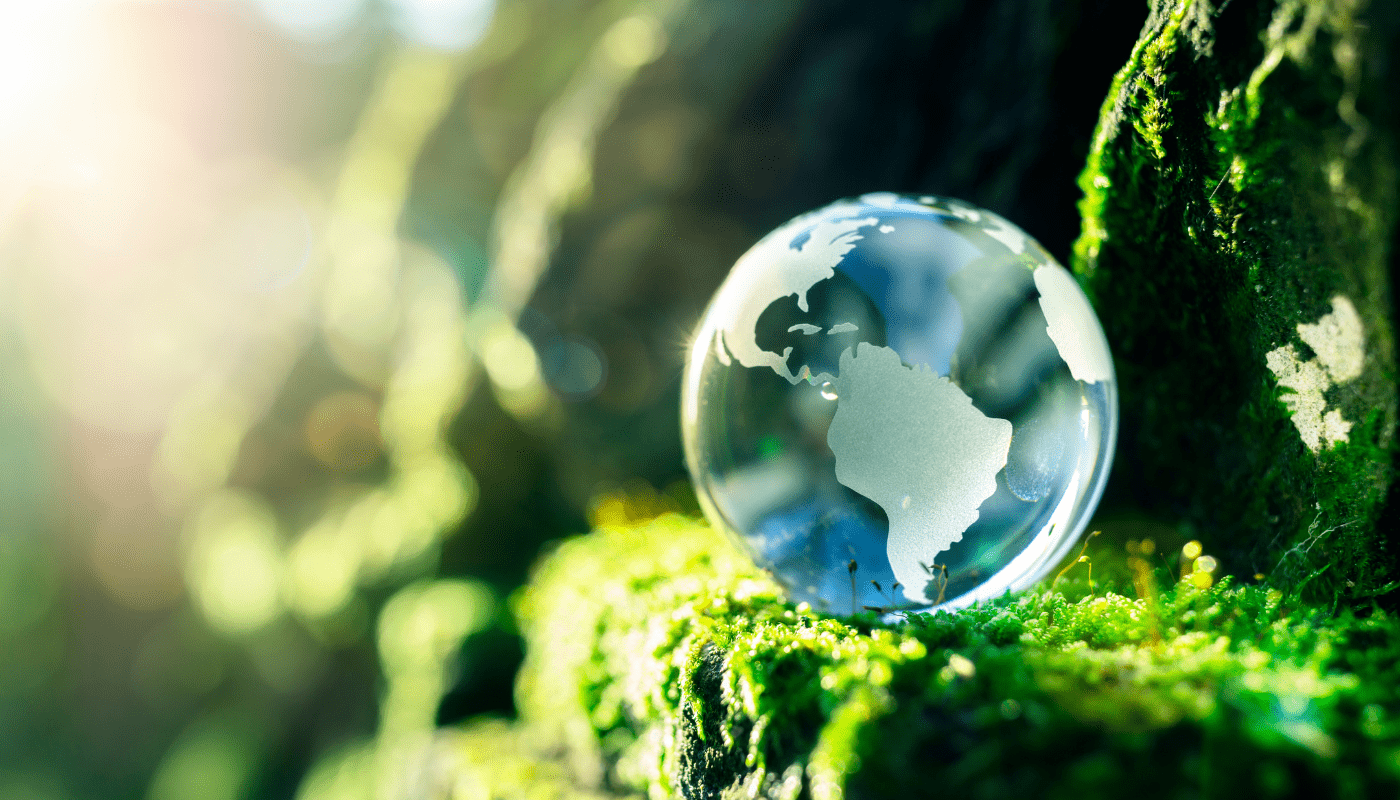Sustainable aquafeeds: how can biotechnology aid this balancing act
This much is clear: we live in a world of limited resources. In animal nutrition, from the implementation of circular economy strategies to the improvement of nutrient utilization, every day we are challenged to do more with less. How do we feed the growing population, using sustainably farmed animals, without compromising the ecosystems?
Aquafeeds, having traditionally relied on fish meal (FM) and fish oil (FO) from reduction fisheries – resources considered unsustainable – have long faced this challenge. In the past two decades, we have worked to use ingredients of vegetable origin to replace FM and FO, but we were “robbing Peter to pay Paul”. Vegetable ingredients are key for the feed and food sectors, and what is directed to aquaculture feeds is generally the result of extraction processes for other industries (e.g., the soybean oil is used for cooking, and the protein left behind in the extraction process is used in animal feeds) but are frequently produced in monoculture, intensively using land and water resources and resulting in deforestation (e.g. rain forest loss) – in short, also unsustainable.
Meanwhile, Europe faces a protein shortage, having to import over 70% of the protein1 for food and feed (this includes vegetable proteins!). A resilient aquaculture sector will be able to reduce the protein shortage on a local and regional level, but this should never come at the expense of environmental sustainability, nor should we exchange imports of aquaculture products for imports of aquafeed ingredients, especially right now, when we are facing such critical supply chain issues. So, what options are left?
Quite a few, actually! Although I’m the first to admit that none is perfectly adequate, nor do I believe there will be ONE right solution. We must keep our options open and diverse.
The solution might be to mix and match
The easiest alternatives to implement have already been in the market for some time. These are fats and protein meals produced from coproducts of the agroindustry, be it FM and FO from coproducts of the canning and fisheries industries, or from land animal production (poultry and swine slaughterhouses). These are usually highly digestible to fish and quite sustainable alternatives for the more traditional ingredients. Furthermore, they are produced locally, which will reduce the carbon footprint associated with the transport of raw materials, as well as streamline supply chains. But there are other alternatives.
Recently, several insect species were approved for aquafeeds, and here we still have room to grow. The world insect industry has risen by a factor of 30 worldwide2, being estimated to be worth 3 350 million euros by 2027, with a forecasted Compound Annual Growth Rate of 23% for the same period3. When agri-food byproducts are used as substrate the Life Cycle Analysis shows that insect meals are actually more beneficial than fishmeal and soybean4. Therefore, the growing market traction of the insect industry can contribute, to some extent, to a future reduction of the imports of these less sustainable ingredients, promoting a stable supply of protein across Europe through circular economy principles, by feeding insects on local agricultural by-products. There have been promising results of insect meal use in aquafeeds5, however, currently, these ingredients are still overpriced when compared to FM, and this will only no longer be the case when the industry scales up.
Local production seems to be one of the core features a sustainable ingredient must possess, and single-cell proteins seem the best candidate. Single-cell protein is provided through the cultivation of various microbes and algae, with a preference for those which contain more than 30% protein in their biomass, and which can provide a healthy balance of essential amino acids6. Because they are produced through biorefinery processes, they can in fact be produced almost anywhere under the same conditions and with the same productivity.
Microalgae, for example, can be used in aquafeeds, albeit in moderate quantities (when replacing protein). They can also be a sustainable source of long-chain omega-3 fatty acids, allowing for the replacement of fish oil7, and some options are already in the market8. Bacterial biomasses also seem promising9, especially when they are used to recycle waste materials10,11.
This does not mean that traditional ingredients will no longer be used in the future. In fact, there is space for sustainable use of these ingredients, and here too biotech can help. Vegetable ingredients have long been supplemented with enzymes to improve their digestibility in aquafeeds, and new products are developed regularly12. Novel additives, slow-release amino acid supplements and bioactive compounds are used to improve the digestibility of poorly available nutrients and the performance of diets, and both scientists and feed producers work together to develop new options.
There will not be a one-size-fits-all answer
Inevitably we will use a mix of these different ingredients and strategies to reach the best solution for each specific challenge. The industry is keen to try new ingredients13, but production scale-up is critical to ensure economic sustainability14. And all these advances are only possible because we started using biotechnological approaches to solve the food and feed challenges our planet is facing. In the future we expect that the balancing act between feeding our fish and protecting our environment will no longer be so critical, precisely because we have implemented intelligent precision nutrition strategies, minimizing our environmental impact.
References:
2. https://www.grandviewresearch.com/industry-analysis/edible-insects-market
3. https://www.marketresearchfuture.com/reports/insect-protein-market-6094
4. Smetana et al, 2019. Sustainable use of Hermetia illucens insect biomass for feed and food: Attributional and consequential life cycle assessment. Resources, Conservation and Recycling 144: 285-296.
5. Hua, 2021. A meta-analysis of the effects of replacing fish meals with insect meals on growth performance of fish Aquaculture 530: 735732.
6. https://www.frontiersin.org/articles/10.3389/fmicb.2017.02009/full
8. https://www.veramaris.com/home.html
9. https://www.globalseafood.org/advocate/microbial-feed-ingredient-performs-well-in-trial-trout-diet/
11. https://issuu.com/aquafeed.com/docs/aquafeed_0122_pr_no_bleed/32
12. https://upin.up.pt/pt-pt/tecnologias/enzyme-rich-additive-and-use-thereof-improvement-aquafeeds





